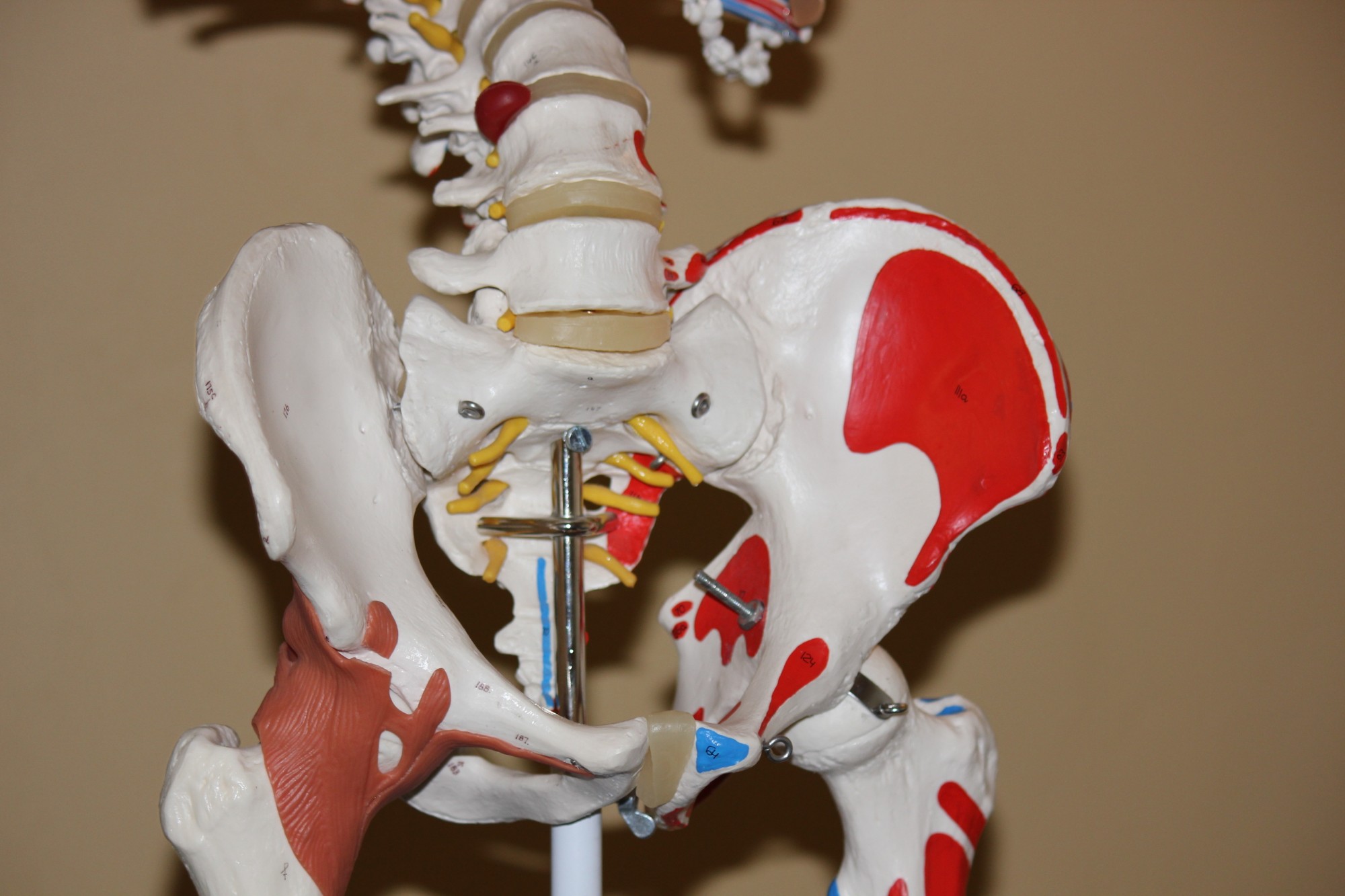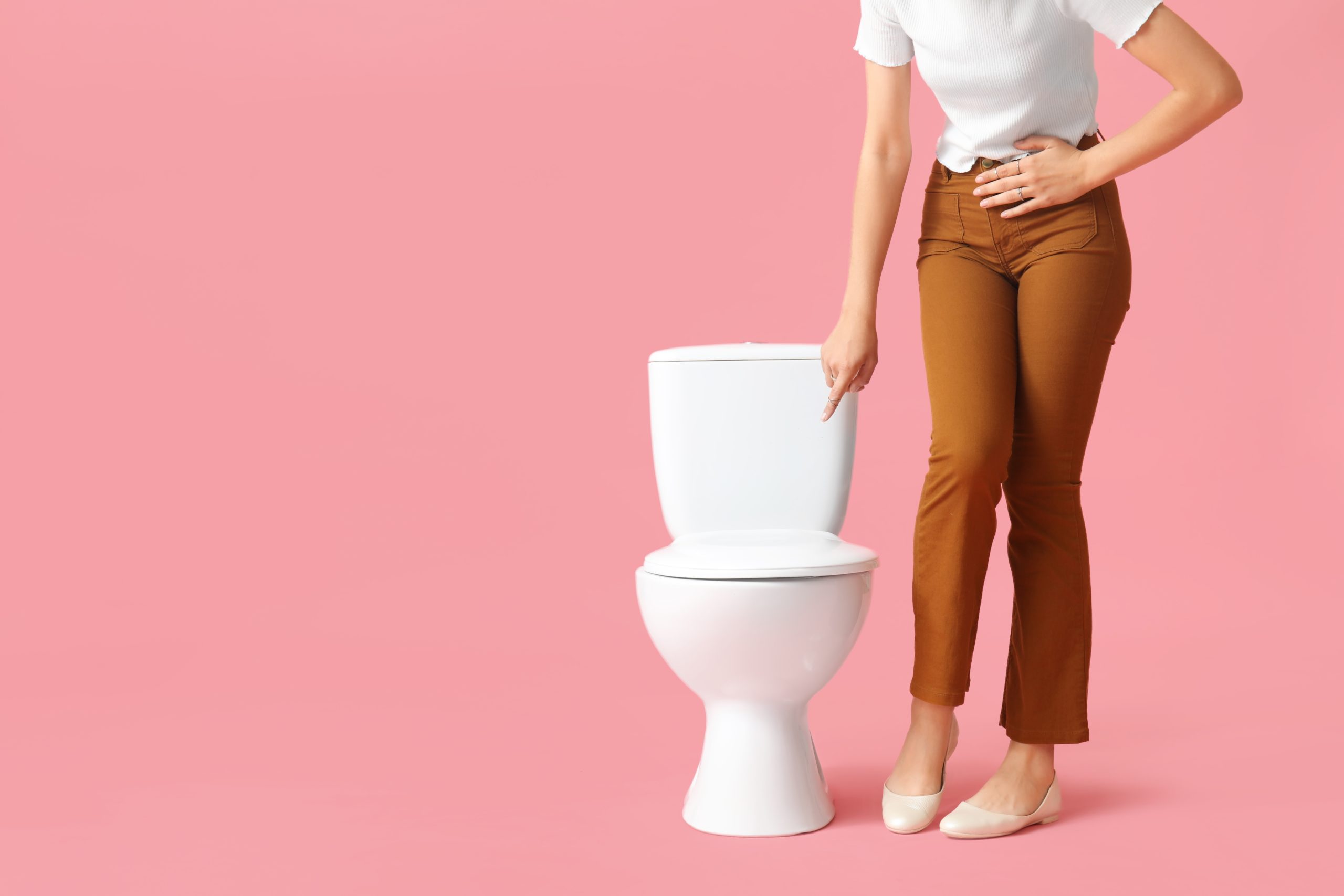
8 Tips for Maintaining Optical Pelvic Health for Women
About 32% of women in the US have at least one pelvic floor disorder, with the rate doubling in women older than 80 years. Your pelvic floor supports the uterus, bowel, and bladder. Before you develop a pelvic floor issue, consider learning how to improve and maintain your pelvic health.
With these tips and help from a pelvic health physical therapist, you can keep your pelvic floor functioning properly. Avoid injury, involuntary bladder, or bowel leakage. Discover how to keep this muscle group strong and healthy today.
1. Proper Kegels
Pelvic floor, or Kegel exercises, have a 30% to 90% success rate in women with stress incontinence. Learning how to relax your abdominal muscles while contracting pelvic floor muscles could increase muscle tone in the pelvic floor.
When completing these exercises, it’s important to make sure you’re engaging the right muscles.
First, sit comfortably with your knees and feet spread apart. Rest your elbows on your knees and lean forward.
Relax your stomach, buttock, and leg muscles as you breathe regularly.
Next, imagine you’re trying to stop yourself from passing gas while at the same time trying to stop urinating midstream. You should feel a tightening sensation around the vagina and anus. Try to hold the position for a few seconds, then release.
You can complete three daily sets of eight to 12 contractions after adding Kegels to your routine. If you’re new to performing Kegels, start with only four to five per daily set.
If you already have a stretched or weakened pelvic floor, pelvic floor muscle exercises can help strengthen it. Strengthening these muscles can provide support to the bowel and bladder. You could have better control over continence while improving sexual function, too.
As with any muscle, it’s important to exercise your pelvic floor regularly to ensure it remains strong. You can complete pelvic floor training lying, sitting, or standing. Consider exercising your pelvic floor on the couch, as you drive to work, or before bed.
You can consult with a pelvic floor physical therapist for further instruction.
2. Maintaining a Healthy Weight for Pelvic Health
Excess weight could put unnecessary pressure on the organs within your pelvic floor. If you’re overweight, your risk of incontinence of pelvic organ prolapse could increase.
Consider talking to a doctor about losing weight safely. Otherwise, try to find 30 minutes a day to dedicate to moderate physical activity.
When developing a weight loss plan, try:
- – Avoiding skipping breakfast
- – Eating at regular times
- – Eating plenty of fruits and vegetables
- – Getting more active
- – Drinking plenty of water
- – Eating high-fiber foods
- – Managing your portions
- – Avoiding processed foods and sugar
- – Cutting down on alcohol
- – Planning meals in advance
Making dietary changes, exercising regularly, and losing weight could help improve your pelvic health.
Check out this article for 20 health tips and these 6 myths, facts, and tips about nutrition.
3. Uncross Your Legs
Try uncrossing your legs each time you sit down. Crossing your legs can minimize blood flow to the pelvic.
Your reproductive health is determined by healthy blood flowing freely through the pelvic to energize and oxygenate pelvic organs. Crossing your legs shunts nerve flow, causing a disconnect of sensation to the pelvic bowl.
4. Biofeedback
Biofeedback is a safe, effective method for improving pelvic muscle strength. This method can reverse common mistakes women make while performing Kegels (like engaging abdominal muscles instead of pelvic muscles).
Consider visiting a center for pelvic health to explore other effective treatment methods.
5. Yoga
Kegels target a specific area. However, the pelvic floor is part of a larger group of muscles. Your pelvic health also involves your obliques, abdominals, and diaphragm.
Try to keep those muscles active to prevent incontinence or pelvic organ prolapse.
Consider picking up yoga this year. Poses that are ideal for pelvic health include:
- – Childs’ pose
- – Legs up the wall
- – Reclined bound angle
- – Malasana
Other pelvic-floor-friendly moves include wall squats, bridges, and jumping jacks.
6. Let It Flow
Not many women realize their menstrual cycle is an internal detox process.
When you have your period, your body eliminates toxins and waste from the pelvic organs and blood. Holding onto blood internally for too long can create toxic overload, leading to toxic shock syndrome.
Instead, allow the blood to flow freely (namely, during the first few days of your cycle. Consider avoiding cups or tampons during these days. Instead, let your body expel debris to help your pelvic floor maintain a state of homeostasis.
7. Sea Salt Water
When your body becomes dehydrated, it’s no longer able to function the way it should. Try drinking mineralized water to help your kidneys absorb water to ensure you’re hydrated.
Water without minerals, on the other hand, quickly passes through your system without getting absorbed.
You can increase your mineral intake by adding a pinch of sea salt to your drinking water. Sea salt can help restore the water’s natural minerals to help your body absorb them.
8. Early Assessment
It’s normal for patients to forget about their pelvic floor. Consider checking in with a pelvic health and rehabilitation center for an assessment. Early treatment is best if your pelvic floor has a problem.
You should consider scheduling an appointment if you’re:
- – Leaking urine when you sneeze, exercise, laugh, or cough (this is called stress incontinence)
- – Feeling a heaviness or pain in the pelvic floor area
- – Having the urge to go to the restroom but can’t make it in time
- – Having difficulty emptying your bladder
In some cases, your pelvic floor muscles can become stretched, weakened, or too tight. If these problems sound familiar, don’t hesitate to consider pelvic health physical therapy. An expert can help you develop a program to improve your pelvic floor health.
Different factors can cause pelvic floor problems, including:
- – Being overweight
- – Heavy lifting
- – A long history of back pain
- – Pregnancy
- – Chronic coughing or sneezing
- – Prostate surgery
- – General aging
An assessment can help you determine if it’s time to explore your treatment options.
Maintain Optimal Pelvic Health With These Tips Today
Don’t miss the opportunity to improve and maintain your pelvic health. With these eight tips, you can develop a pelvic health physical therapy program that’s right for you.
Remember, you don’t have to make these changes to improve your pelvic floor health alone. Visiting a pelvic health and rehabilitation center could make all the difference.
Contact us today to learn more.
Connect With Us
Be sure to check our blog for more information on pelvic floor-related topics and other conditions.
Follow us on Facebook and Instagram @PeterMLotzeMD for health and wellness tips and more!



